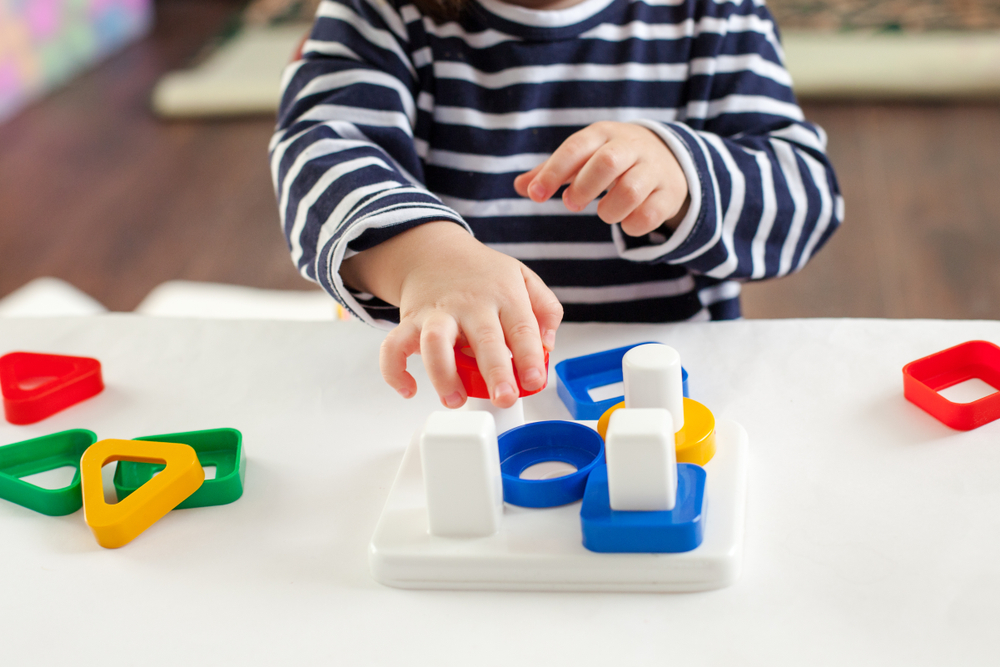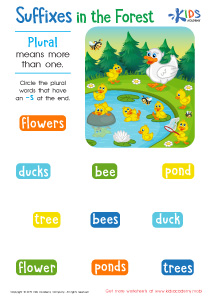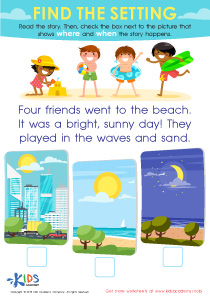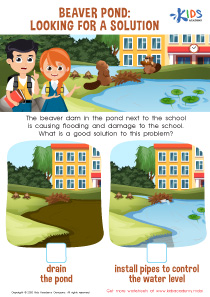Easy Tracing Shapes worksheets activities for 3-Year-Olds
2 filtered results
-
From - To
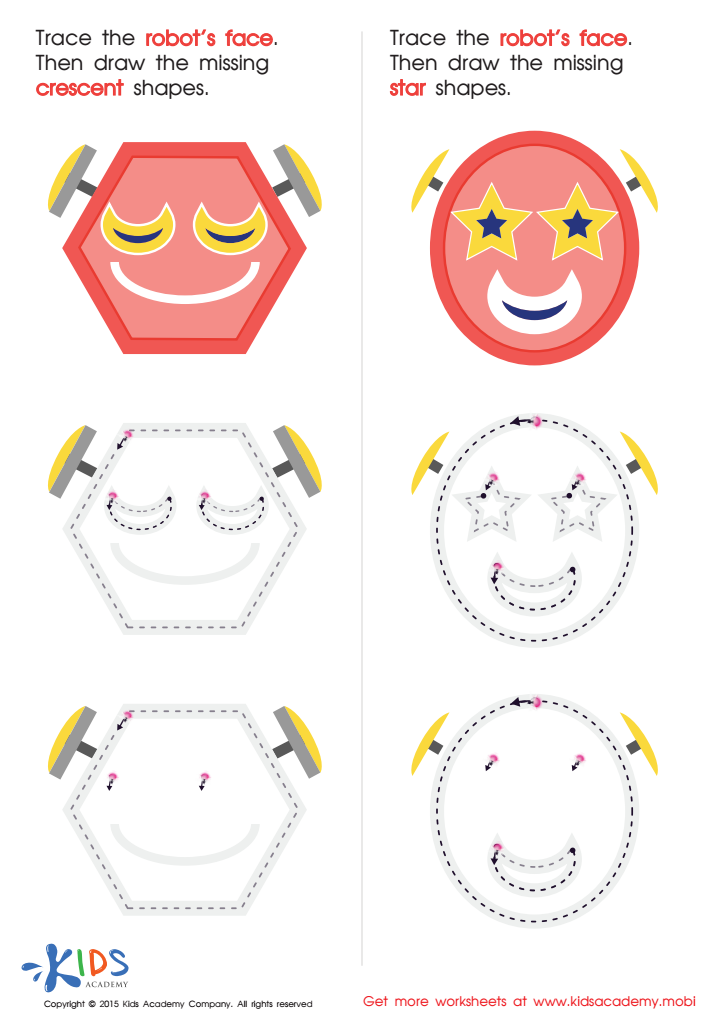

Composing a Robot's Face of Crescents And Stars Worksheet
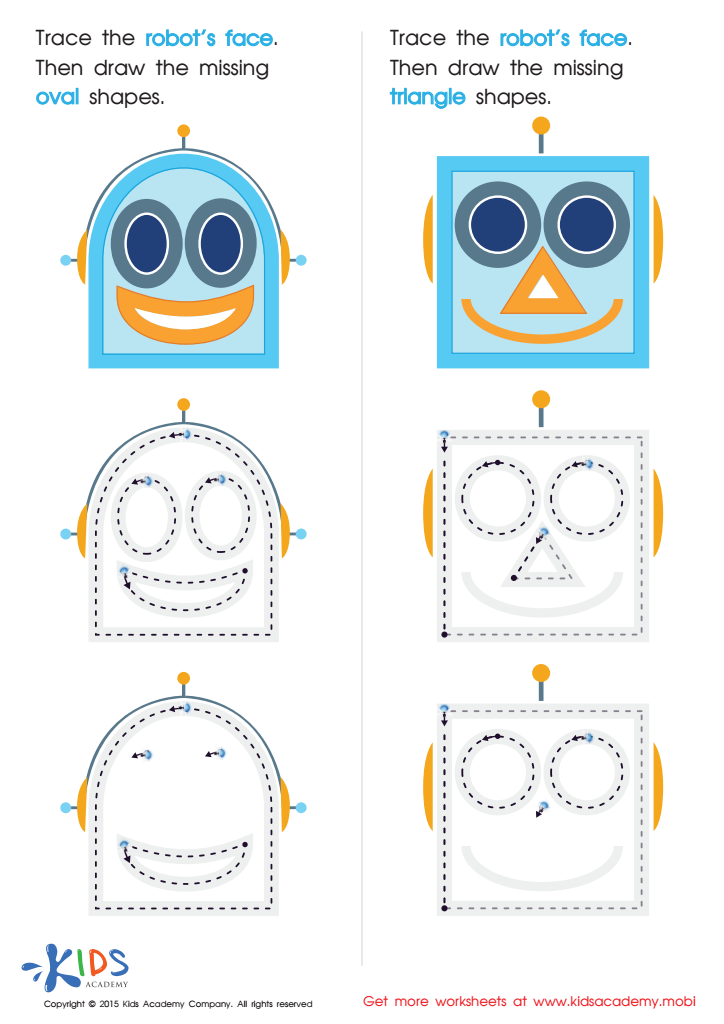

Drawing Ovals And Triangles with Fun Printable
Easy Tracing Shapes worksheets activities are an incredibly useful tool in the early stages of a child's educational journey. These simple yet effective activities serve as the building blocks for developing fine motor skills, understanding geometric concepts, and enhancing cognitive abilities. Here’s why incorporating Easy Tracing Shapes worksheets activities into learning routines can be so beneficial.
Firstly, these activities are instrumental in improving hand-eye coordination. When children trace shapes, they learn to control their hand movements in accordance with what their eyes see. This coordination is crucial not only for writing but also for performing everyday tasks. Easy Tracing Shapes worksheets provide a structured way for children to practice and hone these skills at their own pace.
Moreover, Easy Tracing Shapes worksheets serve as an introduction to geometry. Through tracing, children become familiar with basic geometric shapes—circles, squares, triangles, and more. This early exposure lays the foundation for more complex mathematical concepts that they will encounter later in their academic journey. It sparks an interest in how shapes form the world around them, making learning more relatable and engaging.
Additionally, tracing shapes helps in developing concentration and patience. Concentrating on following the outlines of shapes without veering off requires focus and attention to detail. These are critical skills that children will need throughout their educational career and beyond. Easy Tracing Shapes worksheets activities, with their simple and clear objectives, are excellent for practicing these skills.
Lastly, these activities offer a sense of achievement and boost confidence. Completing a worksheet provides tangible evidence of accomplishment, which can encourage children to tackle more challenging tasks. This positive reinforcement is essential in fostering a love for learning from an early age.
In conclusion, Easy Tracing Shapes worksheets activities play a pivotal role in early childhood development. They not only prepare children for academic success by developing crucial skills but also fuel their curiosity and confidence. Integrating these activities into learning routines is a fun and effective way to support children’s growth and development.

 Assign to the classroom
Assign to the classroom

